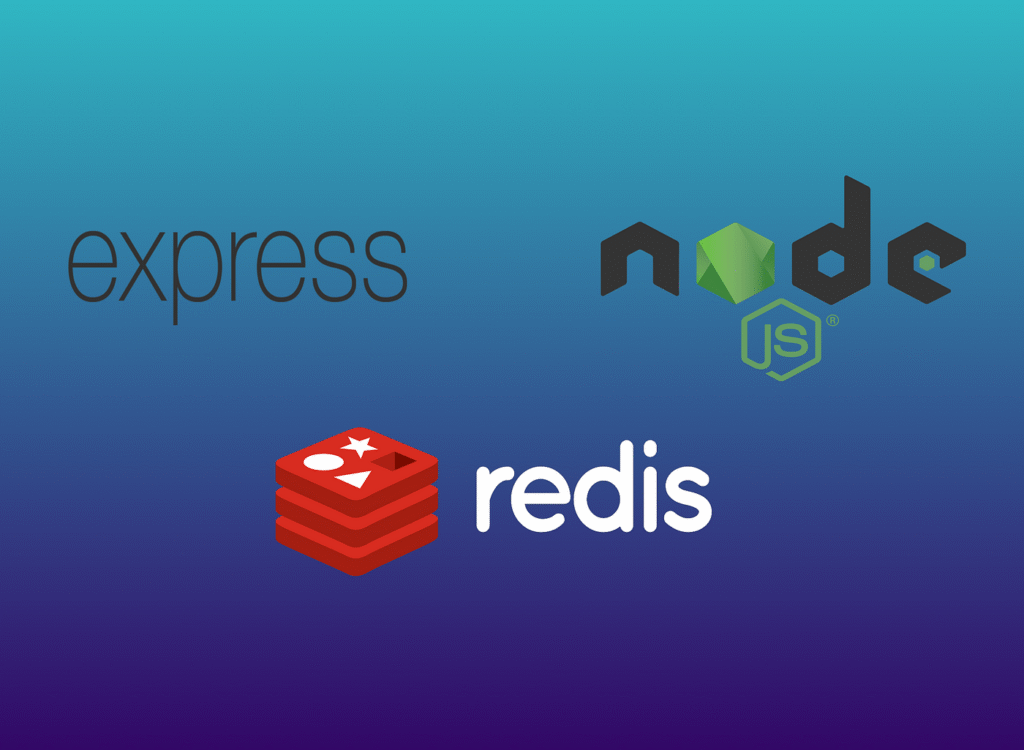The Wake-Up Call: Abused by Accident
Let’s be real — leaving an API wide open without rate limiting in Express and Redis is a recipe for disaster. I found that out the hard way.
A while back, I launched a small side project using Express.js & Node.js. Nothing wild. Just a basic API serving some structured data. I didn’t add any rate limiting. One morning, I checked my logs and saw thousands of requests per minute — not from a hacker, just an overzealous dev testing a script with no delay. My server was crawling.
Lesson learned: rate limiting isn’t optional.
Why Redis Rate Limiting Is Essential (Even for Small APIs)

There’s a myth that only big platforms need rate limiting. Wrong. Even a weekend project should have protection. Here’s why:
- People make mistakes (like calling an API in a loop).
- Bots are everywhere.
- Cloud costs add up fast.
- Unchecked traffic hurts legit users.
Why Redis Is My Go-To for This
You could store request counts in memory — but it breaks when you scale. If you’ve got multiple API instances, they each track traffic separately. That’s a problem.
Redis solves this neatly:
- It’s fast and in-memory.
- Centralized — every app instance talks to one place.
- Easily handles thousands of read/write operations per second.
It’s the perfect fit for distributed rate limiting.
How the Setup Works using Express and Node.js
Here’s a simplified breakdown:
- When a request hits your API, check Redis:
How many times has this IP or user made a request in the last X seconds? - If they’re over the limit, block with a 429.
- If they’re within the limit, increment the count and proceed.
This logic is flexible — define limits per IP, per API key, or per user. You can also offer higher limits for logged-in users.
Gotchas You Might Miss
When I first implemented rate limiting, these tripped me up:
- Health checks: Your monitoring service might trigger the limiter — whitelist it!
- Bursts: A few fast clicks shouldn’t get blocked instantly. Use sliding windows or bursts to allow short spikes.
- Clear errors: Always return a 429 with a helpful message, like
"Too many requests. Try again in 10 minutes."
Scaling Smoothly with Redis
Once Redis is in place, scaling becomes seamless.
- No need for your API servers to share memory — they just query Redis.
- Redis is built for speed and concurrency.
- Works great with load-balanced or containerized apps (Docker, Kubernetes, etc.)
I’ve used this setup on projects that scaled from hundreds to tens of thousands of requests per minute without a hitch.
Is It Foolproof?
Not completely. Determined attackers can bypass rate limits (by switching IPs, using VPNs, etc.).
But for 95% of real-world use cases, a Redis-backed rate limiter:
- Prevents accidental abuse
- Keeps bots in check
- Protects your infra and your wallet
Final Thoughts: Just Add It Already
If you’re building APIs on Express.js — production or hobby — don’t leave rate limiting as an afterthought.
- Set it up early.
- Use Redis.
- Start with sane defaults and iterate.
Your users (and your future self) will thank you.
Read more posts:- Creating a Real-Time Pollen Count Tracker with IoT and Flask



Pingback: Federated Learning with TensorFlow on Mobile Devices - BGSs